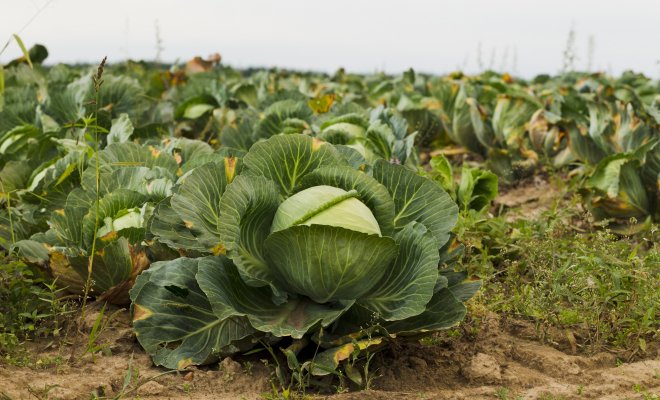 As soon as the plant changes in appearance and ceases to comply with the norm, then you need to sound the alarm, as this may mean the occurrence of possible diseases. Some cabbage diseases can be dangerous, so do not ignore them.
As soon as the plant changes in appearance and ceases to comply with the norm, then you need to sound the alarm, as this may mean the occurrence of possible diseases. Some cabbage diseases can be dangerous, so do not ignore them.
When the leaves began to turn yellow in the cabbage, it is first necessary to find out the root cause, and then take action.
Content
The main causes of yellowing leaves
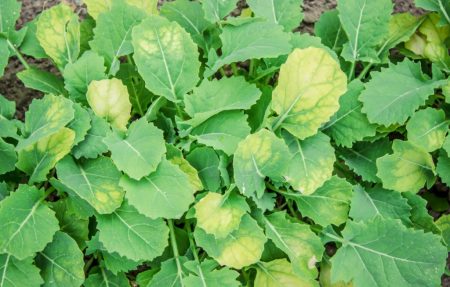 There are several reasons for yellowing and wilting of leaves in cabbage. The main ones include:
There are several reasons for yellowing and wilting of leaves in cabbage. The main ones include:
- problems in agricultural technology;
- non-observance of crop care rules;
- illnesses;
- viruses and pests.
Problems in agricultural technology
Despite the fact that cabbage is not very picky in care, it is important to know and adhere to elementary rules for its care. However, there are difficulties with agricultural technology, which are associated with the following factors:
- Not enough nitrogen in the soil. For the density of the head of cabbage and the mass gain of the vegetable, nitrogen is very important. If it is not enough, then the leaves begin to turn yellow in cabbage, and over time, the culture completely dies. Nitrogen deficiency occurs due to crop rotation problems when a crop has been planted for several years in the same place, resulting in poorer soil.
- Not enough phosphorus. With its help, culture grows and develops. In addition, phosphorus regulates protein synthesis. If the cells do not divide correctly, then the plant will not receive the desired shape and volume.
- Not enough magnesium. With its help, the root system is formed. A sign of a lack of magnesium is turning pale sheet plates.
If the acidity of the soil is increased, then no mineral fertilizer will help. First you need to lime the soil.
Failure to comply with crop care regulations
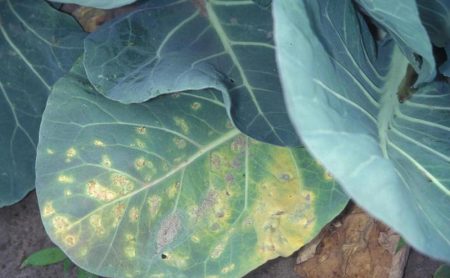 A common cause of yellowing leaves in cabbage is insufficient sunlight. Therefore, you need to rationally approach the choice of the future beds. But not always in a well-lit area, culture grows and develops. There are other signs of yellowness:
A common cause of yellowing leaves in cabbage is insufficient sunlight. Therefore, you need to rationally approach the choice of the future beds. But not always in a well-lit area, culture grows and develops. There are other signs of yellowness:
- The type of soil is not suitable for growing cabbage. The plant will not fully grow on sandstone.
- Wrong watering. If the plant is watered a little, then it acquires a painful yellowish tint, and the leaves wither and perish. With excessive watering, root decay is likely.
- Severe drought in the hot summer.
- Spring frosts. Sudden changes in temperature at night and daytime do not allow the plant to develop and grow properly.
- Insufficient loosening of the soil, as a result of which nutrients are poorly absorbed by the root system.
Disease
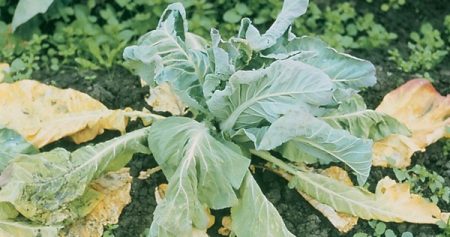 Diseases arise as a result of damage to a culture by infection or fungus. These two types of disease are dangerous for cabbage, as they can lead to the death of the entire crop. Diseases that lead to yellowing of the leaves are summarized in the table:
Diseases arise as a result of damage to a culture by infection or fungus. These two types of disease are dangerous for cabbage, as they can lead to the death of the entire crop. Diseases that lead to yellowing of the leaves are summarized in the table:
| Disease | Type of disease | Signs and Symptoms |
| Kila | Fungal infection | A dangerous disease that affects the root system of a plant. On the roots, growths and seals are formed, which take away all the beneficial nutrients. |
| Fusarium wilt | Fungal infection | It develops during the growing season of seedlings. If the fungus is affected, the lower part of the cabbage turns yellow, withers and disappears. When the stem is cut, brown spots will be visible. |
| Peronosporosis | Infection | The disease is also called powdery mildew. Most often manifested when planting seedlings in open ground.Leaves dry, yellowish spots on top. And below is a gray coating. |
| Blackleg | Infection | Most often, seedlings are affected. The infection makes the basal part watery, which darkens and rots over time. The leaves dry and turn yellow. |
| Mucosal bacteriosis | Bacterial infection | The disease covers the entire plant, first attacking the stump. It becomes soft and changes color to cream yellow. The leaves gradually rot and fall off. |
| Gray rot | Fungal infection | With a disease of gray rot, the leaves begin to turn yellow above, and a gray coating appears in the lower part of the head. |
| Vascular bacteriosis | Bacterial infection | It appears in the form of black rings on the vessels of culture. After blackening of the vessels, the leaves are affected - they turn yellow at the edges, then fall off. |
Viruses and pests
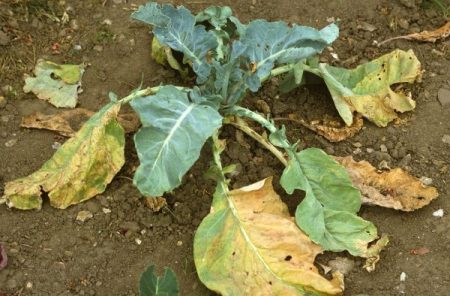 Cabbage is susceptible to attack by pests that eat the root system of the plant or its stem. The yellowing of the leaves leads to the attack of scoops, beetle, aphids, butterfly cabbage or bears. Therefore, when changing the color of cabbage leaves, you should carefully examine the lower part of the plant.
Cabbage is susceptible to attack by pests that eat the root system of the plant or its stem. The yellowing of the leaves leads to the attack of scoops, beetle, aphids, butterfly cabbage or bears. Therefore, when changing the color of cabbage leaves, you should carefully examine the lower part of the plant.
Yellowing Methods
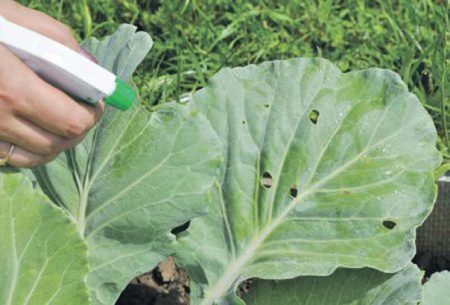 To determine the cause of the appearance of yellowness and its prevention, you must do the following:
To determine the cause of the appearance of yellowness and its prevention, you must do the following:
- a thorough inspection of the culture and the soil around it. You can get one bush from the ground and study its root system well, as well as observe how the sun illuminates the cabbage and under what temperature conditions it grows;
- enrichment of depleted soil. Chicken droppings or urea will help saturate the soil and plant with nitrogen, and nitrogen-phosphorus nutrition will make up for phosphorus deficiency;
- watering to avoid drying out and saturation of soil moisture.
If the culture is damaged by pests or diseases, you need to sprinkle the plant with wood ash or sprinkle the stem with red pepper. Spraying the bush with a solution of valerian will help get rid of the caterpillar.
In case of a fungal disease, the bush must be completely destroyed, and the soil should be treated with copper sulfate in a proportion of 10: 5 (liters of water: gram of substance). To prevent an infectious disease, it is recommended to disinfect the seeds in advance, as well as the soil of copper sulfate.
Recommendations and Tips
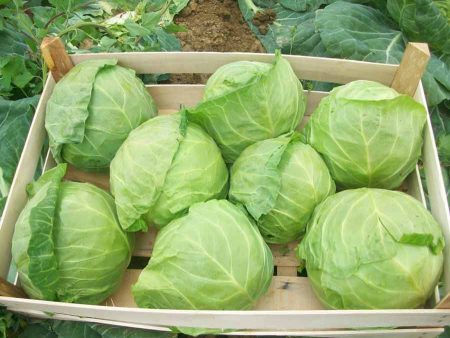 To get a good harvest of cabbage, it is enough to adhere to the following recommendations:
To get a good harvest of cabbage, it is enough to adhere to the following recommendations:
- Sick seedlings should not be planted in open ground. This can infect the soil, and the fungus lives in the soil for several years. The yellowed plant should be completely dug up and destroyed.
- Enrich the soil with lime (1 kg per 4 m2).
- Regulation of soil moisture by watering correctly.
- Stick to crop rotation. It is not recommended to plant cabbage on the same plot.
To avoid the attack of pests, in autumn it is necessary to dig up and loosen the soil carefully, and the plant residues that remained after harvesting should be burned. For quick adaptation of the plant, it must be planted in early spring. Then the sprouts will get strong enough. Covering with a film will protect the culture from early frosts.
Conclusion
The cause of yellowing of the leaves can be improper care, as well as damage by diseases and pests. To prevent such a phenomenon, it is recommended to adhere to the tips and follow the rules of growing crops. Timely prevention will reduce the likelihood of bush damage by pests or disease. Prevention should be started with seeds.
Reviews
Oleg
Last season, when planting cabbage in open ground, I encountered such a problem as powdery mildew. It was very difficult for me to fight it, but after a long time I was able to do it.The treatment of the plant, as well as the soil with copper sulfate, with the expectation of 5 grams of water 2.5 grams of substance, helped. This season has already pre-treated the seeds with copper sulphate to disinfect them at the very beginning.
Valentine
For two years now I have been planting hybrid cabbage varieties and each time I received a high yield. Conventional varieties are highly susceptible to various diseases to which cruciferous. The hybrid variety is immune to such diseases, therefore, it is not affected by them.

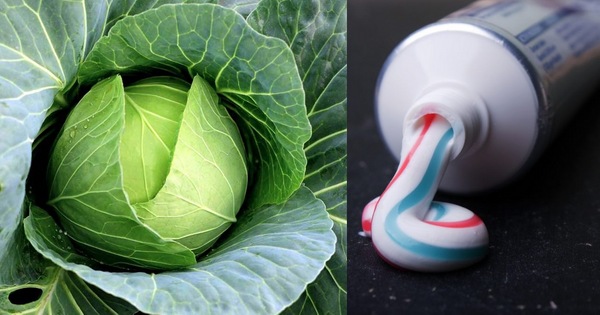
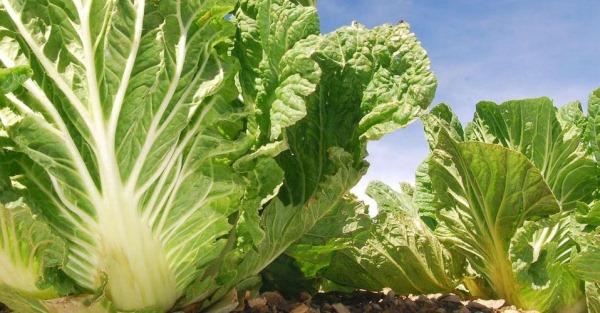
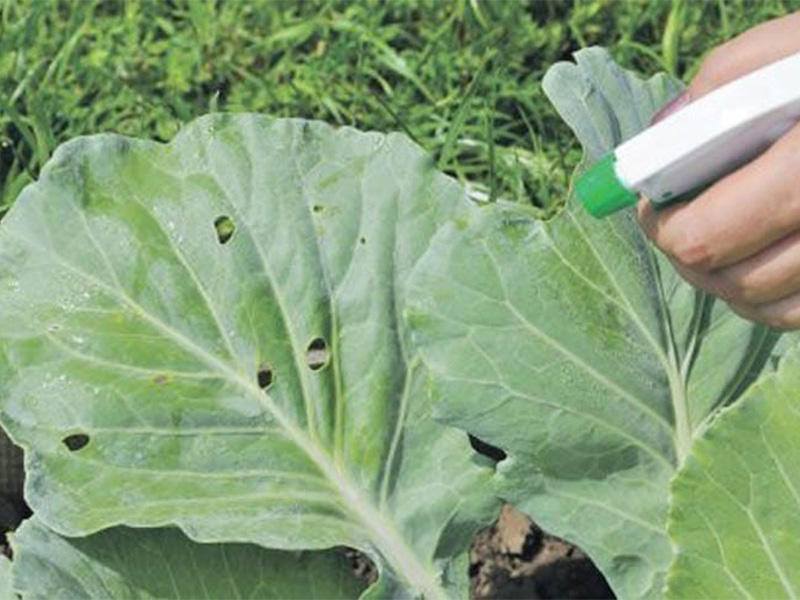
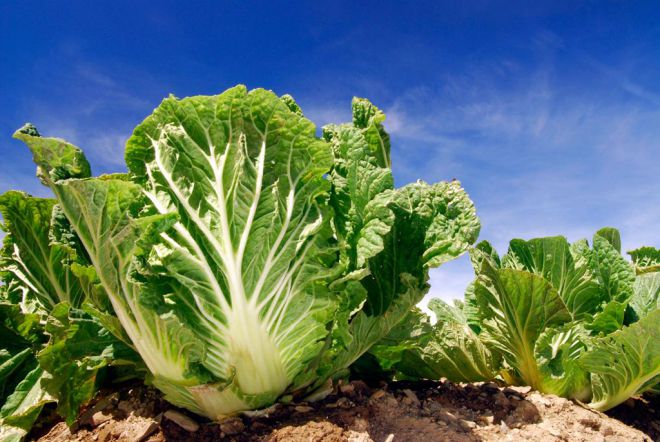 How to grow Chinese cabbage on your site?
How to grow Chinese cabbage on your site?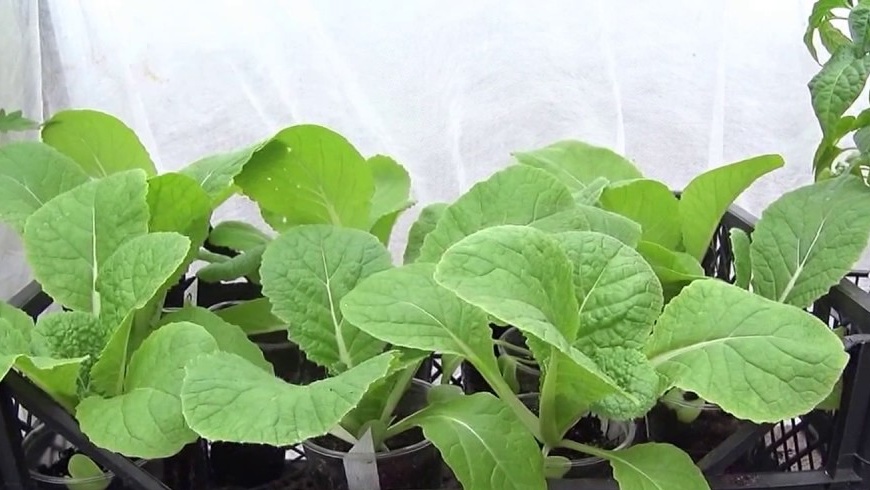 When to plant Chinese cabbage on seedlings in 2024
When to plant Chinese cabbage on seedlings in 2024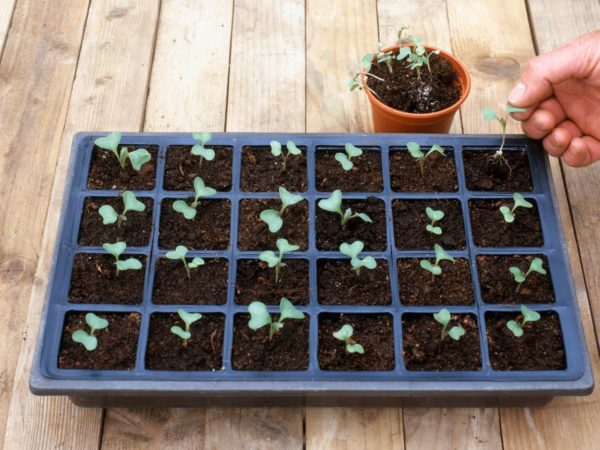 When to sow cabbage for seedlings in 2019 on the moon
When to sow cabbage for seedlings in 2019 on the moon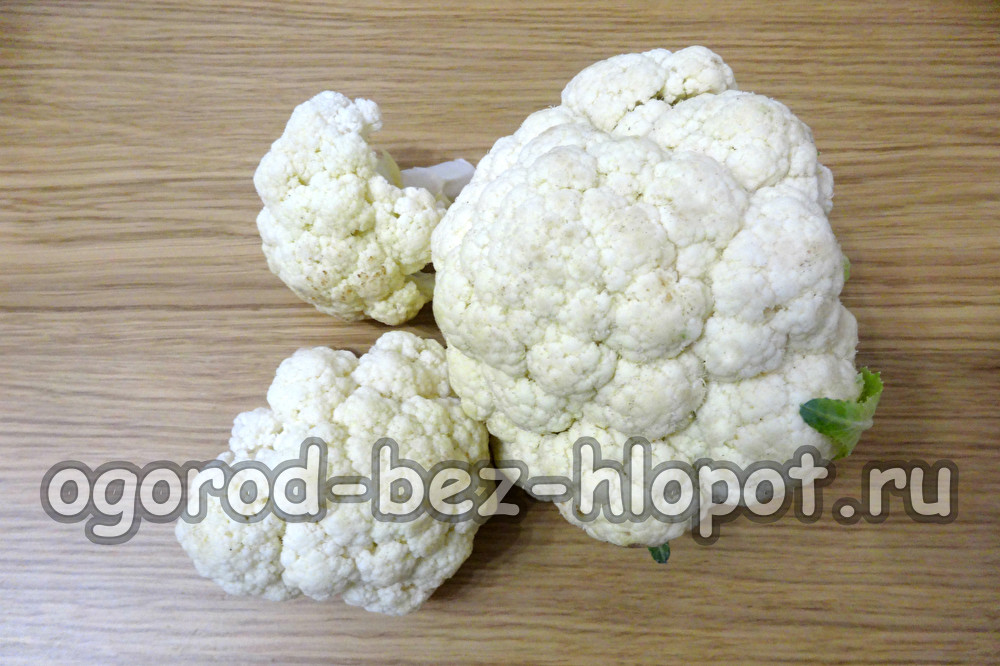 Cauliflower: how to grow large snow-white inflorescences
Cauliflower: how to grow large snow-white inflorescences